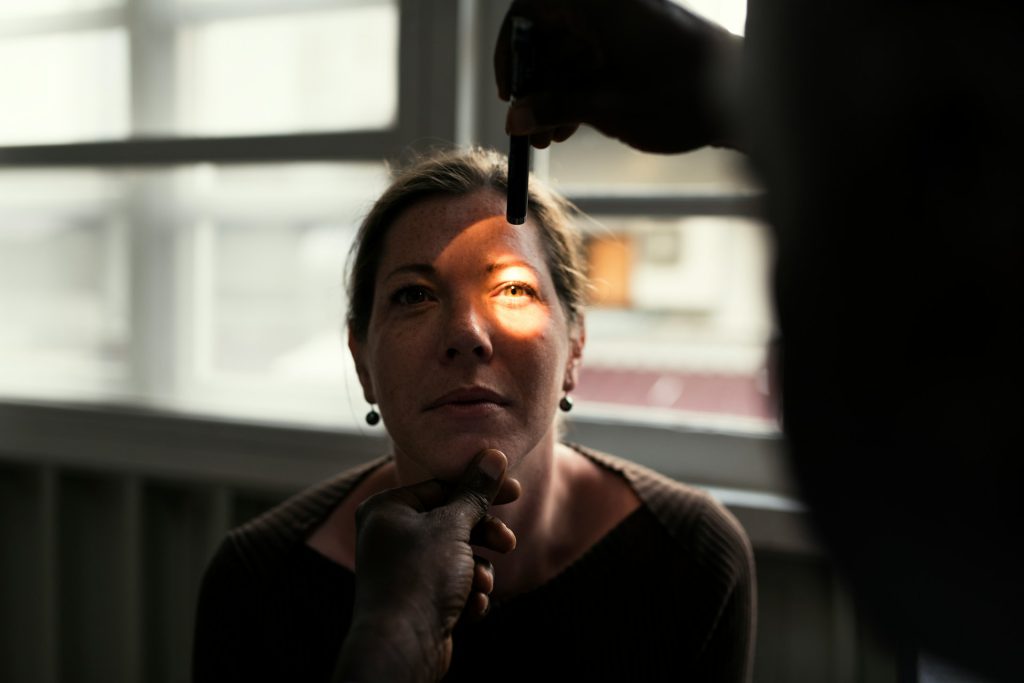The Early Signs of Macular Degeneration You Shouldn’t Ignore

Collaborative Post
Macular degeneration is a leading cause of vision loss, especially among the elderly. This condition primarily affects the macula, the part of the retina responsible for central vision. Early detection is crucial, as it can help prevent the condition from progressing to a point where it severely impacts your quality of life. However, many of the early symptoms of macular degeneration can be subtle and easily ignored. Here are the key signs to watch for, and why acting early can make all the difference.
Understanding Macular Degeneration
Macular degeneration is a progressive eye disease that can lead to permanent central vision loss. The condition primarily affects individuals over the age of 50 and can be classified into two types: dry macular degeneration, which is slower to progress, and wet macular degeneration, which can cause rapid and severe vision loss. While this condition is age-related, even younger individuals might begin noticing symptoms early on. Fortunately, certain steps can be taken to reduce the risk of progression to advanced stages, including using supplements like Eyesight Plus designed to support eye health.
Early Warning Signs to Watch For
Blurry or Distorted Vision
One of the first signs that macular degeneration may be developing is blurry or distorted central vision. You may notice that straight lines start to appear wavy, or that objects you are looking at directly appear out of focus. This is often one of the most noticeable early symptoms, especially when reading or looking at fine details.
Difficulty Seeing in Low Light
If you find that your eyes are not adjusting to dim lighting as they once did, it could indicate the onset of macular degeneration. This symptom often appears as trouble reading or performing tasks in the evening or in poorly lit rooms.
Dark or Empty Spots in Your Central Vision
Another early sign is the development of a dark or empty spot in your central vision. These spots may start as small and may get larger over time, making it difficult to see clearly. The central vision loss may interfere with daily activities, such as recognising faces or reading.
Changes in Colour Perception
Macular degeneration can also affect how you perceive colours. You may begin to notice that colours seem faded or less vibrant than they used to be. This change is due to the inability of the macula to process light and colours efficiently.
Using the Amsler Grid Test
A simple way to monitor for early signs of macular degeneration is the Amsler Grid test. If you notice any wavy, missing, or distorted lines when you look at the grid, this is a sign that your macula could be affected. It’s a useful tool to track subtle changes in your vision over time.
Steps to Protect Your Eyesight
If you notice any of these early signs, don’t wait for the condition to worsen. It’s vital to schedule a visit with your eye care professional for a thorough examination. Early detection can help slow the progression of macular degeneration and preserve vision. Alongside regular eye exams, maintaining a healthy diet rich in antioxidants and omega-3 fatty acids can help keep your eyes in optimal health.
Securing Your Vision for the Future
Macular degeneration, if caught early, can often be managed effectively. By being aware of the early warning signs and taking proactive steps, you can significantly reduce the impact it may have on your life. The key to preserving your vision is acting as soon as you notice changes in your eyesight, ensuring that your future remains bright and clear. Take control of your eye health now, before small symptoms turn into serious vision loss.
This article is for information only. If you have any concerns about your health, including your eyesight, please talk to your medical practitioner.
